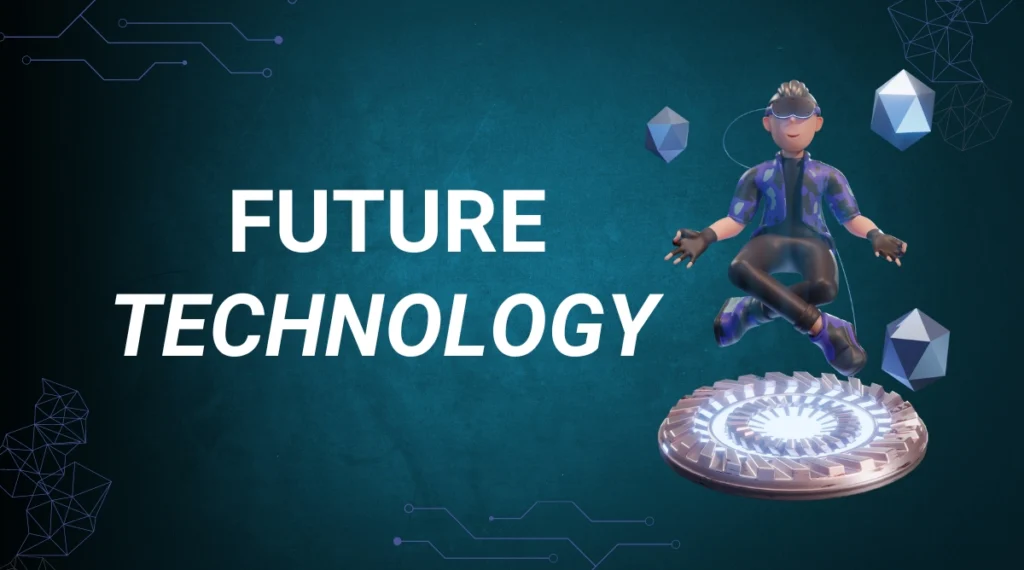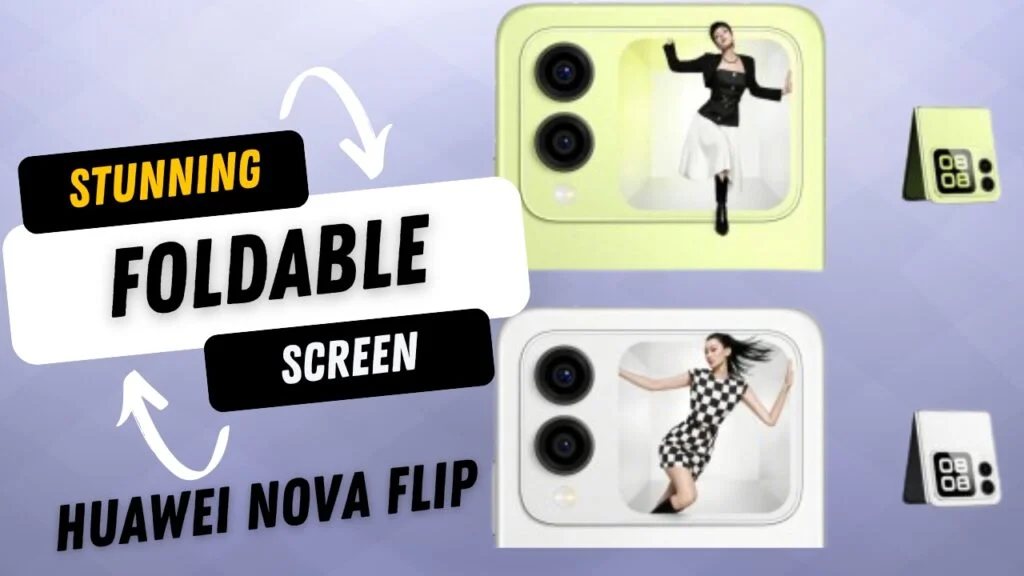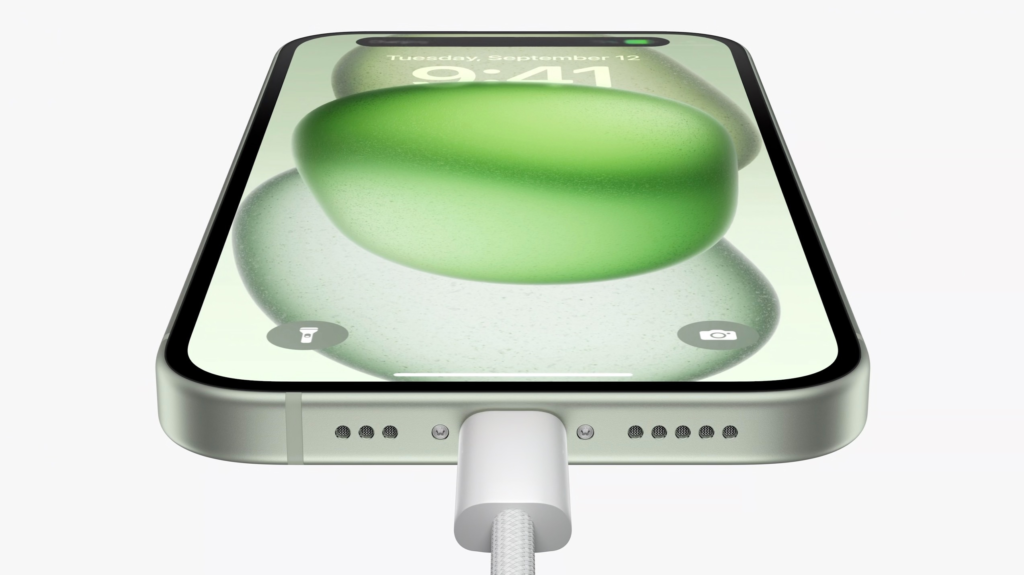As technology continues to advance at an unprecedented rate, the coming 2 to 5 years promise to bring with them an array of really groundbreaking gadgets to reshape our lives in ways we could hardly imagine. Be it augmented reality glasses or brain-machine interfaces, the list of technologies up for innovation in these coming years is endless. In this blog, we will take a glimpse at some highly anticipated gadgets coming into the market from 2024 to 2026 and look at what their real-world implications would be.
Apple’s AR Glasses (2024-2025)
Apple has been leading a technological revolution for several years, and among the most thrilling news is their new AR Glasses. Starting between 2024 and 2025, these glasses will bring AR into one’s life. Unlike the bulkiness of headsets one had to wear in the past for AR, these AR glasses by Apple are expected to be sleek and light and chic enough to use throughout the day.
The applications vary from simple usage to much complex tasks, potentially being great in number. Imagine walking down the street in any city and getting real-time information on buildings or getting turn-by-turn navigation directly within one’s field of view. In corporate environments, AR glasses may enable innovation in remote collaboration by letting colleagues interact with 3D models and virtual whiteboards as if they were in the same room.
This will also extend entertainment and gaming experiences, as digital content will be seamlessly overlaid onto the real world. Imagine watching a sports game where live stats are presented in your field of vision or playing an AR game where your living room becomes an immersive environment. Apple’s AR Glasses could really change how we interact with our surroundings.

Neuralink- (2025-2026)
Perhaps one of the most ambitious and far-reaching projects in development right now is that of Elon Musk‘s Neuralink. Neuralink hopes to develop a so-called BMI, or brain-machine interface, where it will connect the human brain directly with computers for applications ranging from the treatment of neurological conditions all the way to enhancement of cognitive capabilities themselves.
While Neuralink is still experimental, it has taken giant leaps forward, and better prototypes are expected in 2025. These implantable brain devices could give people with diseases such as paralysis, Alzheimer’s, and Parkinson’s disease a chance through restoration of lost functions or even decelerating the progressive phenomena of such diseases.
It doesn’t stop there: Neuralink could also set the ground for completely new directions of computer interaction in the distant future, such as thought-controlled input. Just think about it-you may well be able to type a message, surf on the internet, or even communicate with other people around you, by a mere act of thinking about it. This brings out a whole new dimension of ethical and social impacts from such technologies, but the possibilities are nothing short of revolutionary.
Samsung Galaxy Z Fold 7 (2025)
Samsung has been at the forefront of foldable smartphone technology, and the Galaxy Z Fold series is the pinnacle regarding that respect. The Samsung Galaxy Z Fold 7, expected around 2025, will likely push the limits of foldable tech even further. According to rumours, the Fold 7 should be surprisingly improved in durability, screen technology, and battery life so that foldables become much more practical and appealing to a wider audience.
In Galaxy Z Fold 7, it’s most likely that new ways of multitasking will come in as a result of improved software, whereby users are able to work with multiple apps right across its foldable display. Improvement could be made on display technology to make interaction between folded and unfolded states even more seamless.
With foldable phones getting better and better, they are the potential futures of smartphones, combining the portability of a phone with the functionality of a tablet. Galaxy Z Fold 7 might just be a quantum leap into that future, marrying bleeding-edge design with real-world usability.
Google’s Project Starline
Of course, the coolest new development in communication technology is going to have to be Google’s Project Starline. Scheduled to commercially roll out by 2025, Project Starline is going to create a 3D telepresence that will make one feel like they are sitting across from somebody who might be thousands of miles away. It could change everything about remote work, education, and personal communication since video calls would suddenly be way more immersive and realistic.
Project Starline uses cameras, sensors, and machine learning algorithms to capture and render 3D images of the person with whom you’re speaking. That is one creating a life-size three-dimensional image of a person that looks like he or she is actually sitting across from you, thereby enabling better and more engaging conversations.
This technology can have far-reaching implications across industries, from healthcare to education. For instance, Project Starline can allow doctors to run consultations on better telemedicine wherein they can observe patients as if they are in the same room. That way, it could also let students study remotely with a level of interactivity and participation not previously possible. As working at home becomes increasingly common, perhaps Project Starline could be the key component in maintaining connectivity among team members and coworkers.
Hyperloop: The Technology may change the meaning of travel (2029-2030)
While it is not a gadget in itself, the most futuristic transportation system going into development has to be the Hyperloop. Several companies are involved in the development of this revolutionary technology, including Virgin Hyperloop, and it is expected to begin operations by 2030. It will change the face of long-distance travel by moving people en-masse in high-speed pods through low-pressure tubes.
This could potentially let the Hyperloop system reach travel speeds as high as 760 miles per hour, meaning people could travel between major cities in a fraction of the time it would take to go by car, train, or plane. For comparison, this system would cut the travel time from Los Angeles to San Francisco to only 30 minutes from the hours it takes via car, train, or plane.
This has further-reaching implications than travel time alone. The Hyperloop could also reduce the environmental footprint from transport by providing a cleaner alternative to flying and an alternative to conventional vehicles. This, as the reality of the Hyperloop takes hold, is going to utterly change the notion of transportation and connectivity and make the world feel smaller and more accessible.
Meta’s Next Generation VR Headsets (2025 – 2026)
Meta, until recently named Facebook, has invested heavily in the development of virtual reality and in building out a specific metaverse, that is, a creation of virtual shared space. More sophisticated VR headsets will be forthcoming from Meta in 2025-2026, allowing a higher level of immersion within both the Metaverse and other VR applications.
These next-generation VR headsets are expected to have improved optics, be more comfortable to use, and have superb interactive capabilities, making these devices more user-friendly and accessible. According to Meta, it hopes the devices will allow for greater social immersion, such as attending virtual events or playing immersive games in the Metaverse.
The prospects for this technology are immense, and its wide, serious impacts are suggested to range from entertainment and gaming to education and vocational training. Moving forward, Virtual Reality will change the way people communicate, learn, and work as mainstream usage increasingly blurs the line that separates the physical world from its digital representation.
Read this also,
Look at the Upcoming Pixel 9 Pro: Specs, Features, and Leaks
The Samsung Galaxy S25 Ultra: What the Rumors Are Saying
The Upcoming iPhone 16 and 16 Pro Max: Everything You Need to Know
Samsung Galaxy Z Fold 6: Could it be the best foldable phone on the market?
Top Smartphones Under 20000 in India: With Advanced features 2024
Conclusion
Buckle up for an assault of next-generation gadgets over the coming 2 to 5 years that will reshape our world. But from AR Glasses at Apple and Neuralink’s brain-machine interface, to next-gen foldable phones at Samsung and 3D telepresence at Google, these will be only the tip of the iceberg.
With these technologies continuing to evolve and further integrate into our routine, one thing is for sure: their impact will be immense on the way we interact with the world, communicate with people, and manage our life. While many questions still remain concerning ethical, social, and practical effects with their development, one thing is for sure: the future of technology is incredibly exciting, and we’re just beginning to scratch the surface of what’s possible.




I really like your writing style, wonderful info, appreciate it for putting up :D. “Your central self is totally untouched By grief, confusion, desperation.” by Vernon Howard.
Thanks for sharing. I read many of your blog posts, cool, your blog is very good.